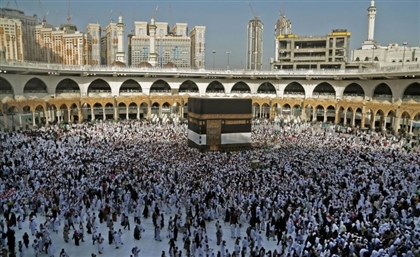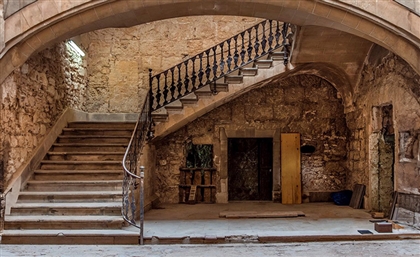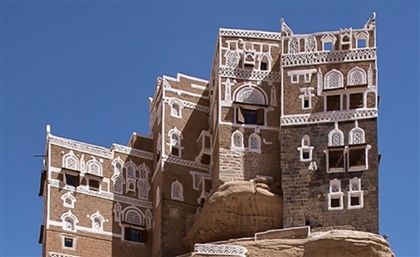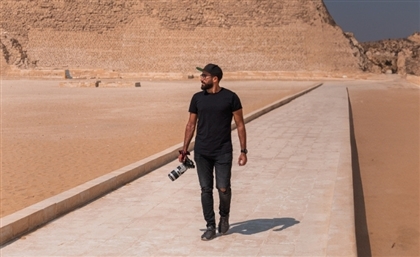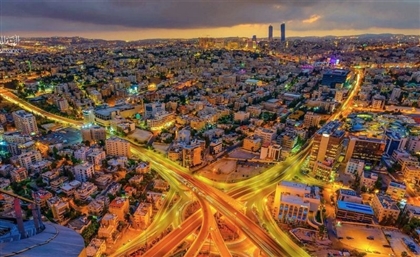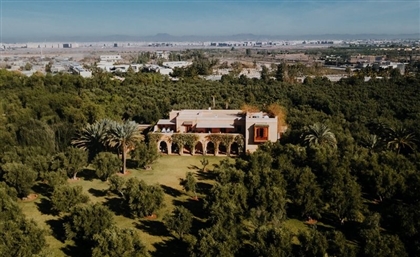This Group of Spanish Muslims Is Performing Hajj on Horseback
For eight months, they have guided their horses across continents along the ancient Andalusian route to Makkah, a path not trodden for centuries.
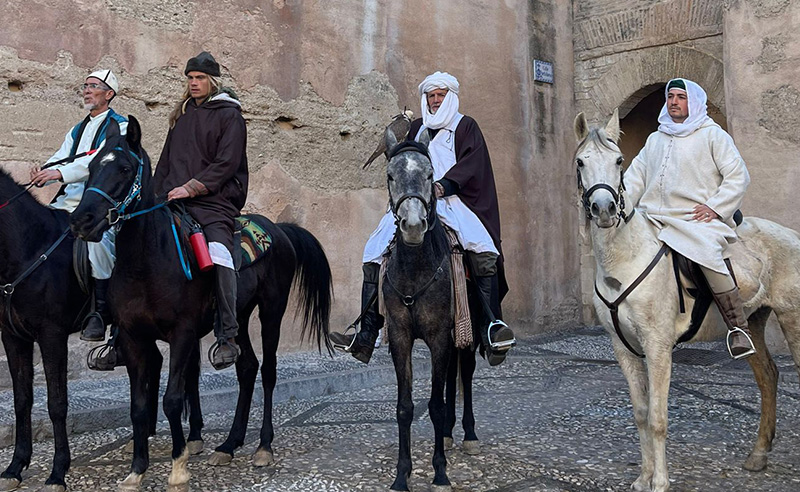
The rhythmic clatter of hooves on ancient paths carries prayers and promises—echoes of a route long forgotten, now revived. It all started when three Spanish Muslims—Abdelkader Harkassi, Abdallah Hernández, and Tarek Rodríguez—set out to guide their horses across continents along the ancient Andalusian route to Makkah, a path not trodden for centuries.
The journey began when Hernández, a Spanish convert, forged a bond with Harkassi during a 10-month academic project in London translating a 10th-century manuscript on falconry. By the end of their scholarly mission, a brotherhood had formed. Hernández, who was born Catholic, confided that he had once made a promise to Allah: that if he ever performed Hajj, it would be on horseback.
“Through pressure and challenges, we realised—we’re a great team,” Harkassi shares with SceneTraveller. “So, I told him I’m with you. Let’s make it happen.” With that, a promise turned into purpose.
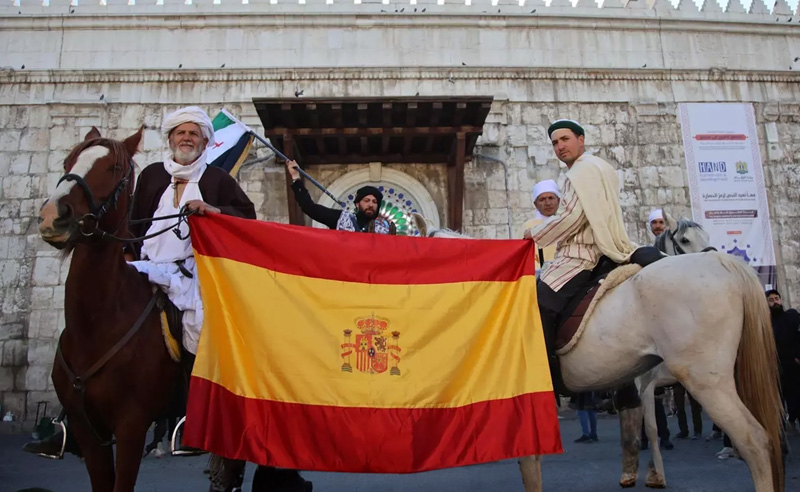
Four years of grueling preparation tested their limits. Across Portugal’s sweltering heatwaves and Spain’s winter frost, they refined their endurance with Aseel mares—horses bred for long-distance resilience. “Training was ten times harder than the journey,” Harkassi recalls. “We tested everything: the horses, our gear, and our will.”
Their route retraces the footsteps of Spanish Muslim Omar Patón, who travelled to Makkah by land over 500 years ago, passing through Alexandria, Damascus, and Jerusalem. Inspired by his journey, the modern-day group originally planned to follow a similar path through North Africa—but political borders and regional conflicts redirected them through Europe. And so, they started their journey from Almonaster Mosque in the south of Spain and continued through France, Italy, Slovenia, Croatia, Bosnia, and Serbia.
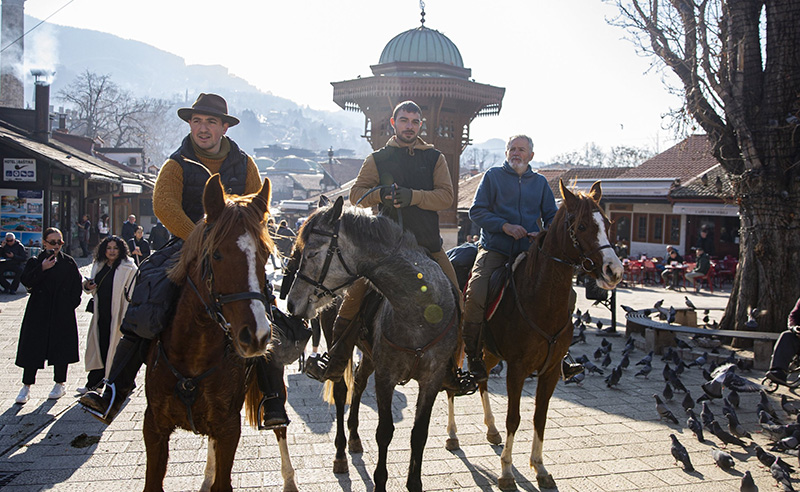
The road has not spared them its trials. In Bosnia, their horses went missing for three days after wandering into a minefield—haunting remnants of the Balkan War. “It felt surreal—like a scene from a movie.” Bureaucratic barriers, like those faced at the Serbian border, added to their challenges. Yet, generosity lit their path—equestrian communities, mosques, and strangers of all faiths opened their doors. “We’ve met atheists, fascists, people with misconceptions about Islam—but when they saw we rode for faith, not fame or money, it changed their perspective.”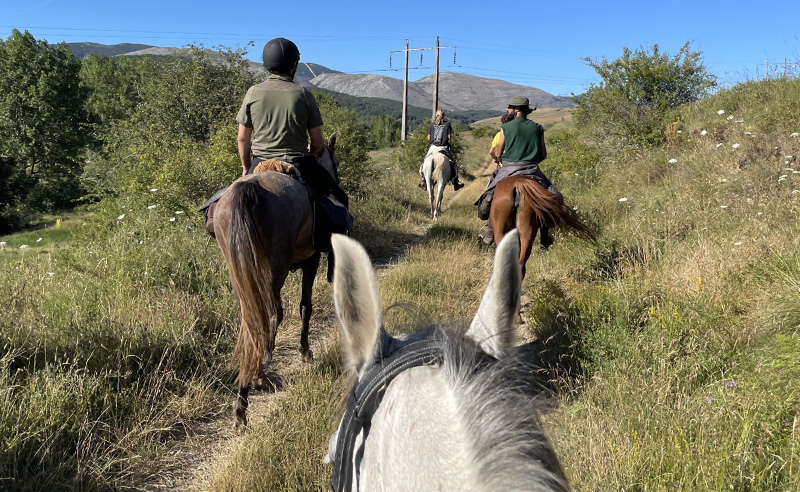
The heart of their expedition lies in their team. Tarek Rodríguez, who joined at the last minute, became their steadfast companion in the saddle. Bouchaib Jadil, their vital support driver, carries their supplies and ensures the horses’ well-being. Documenting it all is influencer Abdelrahman Al Mutiri, who’s making sure their story reaches thousands around the world.
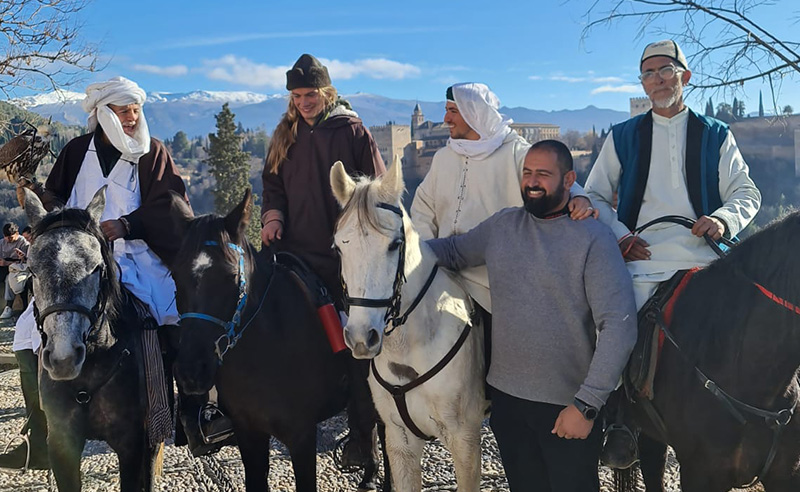
With Saudi Arabia now on the horizon, the dream of seeing the Kaaba grows stronger. Eight months of riding through hardship, hunger, and cold, leading to this final stretch. For Harkassi, the essence of Hajj isn’t just about reaching Makkah but in every mile, every soul, and every trial that brought them there. “The path is the pilgrimage,” he reflects. “The land, the faces, the stories—these are the blessings you miss when you fly.”
The journey has already reshaped him. “We left with خوف و رجاء—hope and fear,” he says. “The journey has shown us that everything is possible for Allah. We all say it, we try to believe it—but now we’ve lived it. We know it.”
Arriving in Makkah means the world to them, after all the challenges that the road threw at them, it’ll make this journey worth it all. “After eight months of riding, seeing the Kaaba for the first time will definitely be overwhelming. It’ll be a dream made real—after all the hardship, it’ll be worth every step.”
- Previous Article How to Spend the Summer in Saudi
- Next Article Six Unexpected Natural Wonders to Explore in Egypt
Trending This Month
-
Nov 29, 2025




